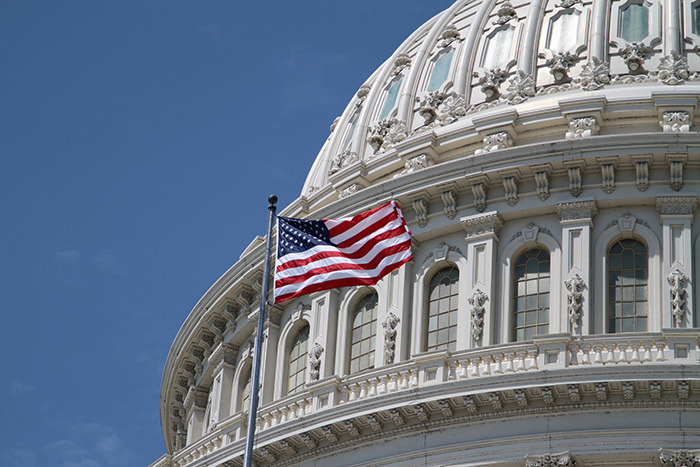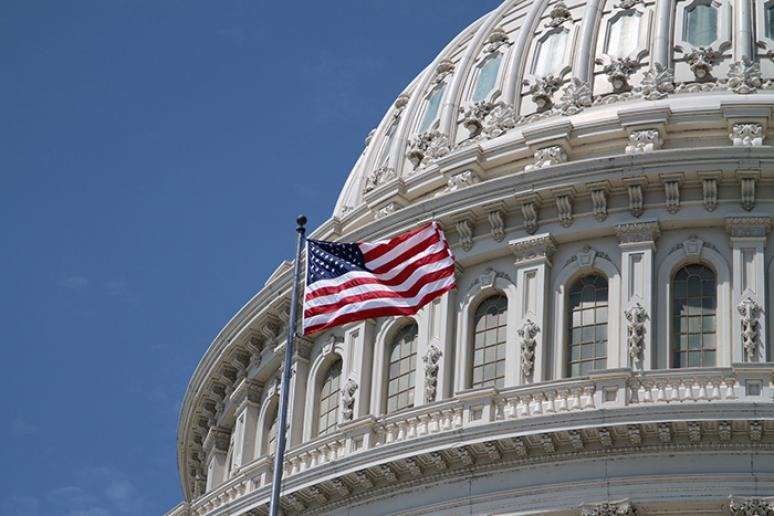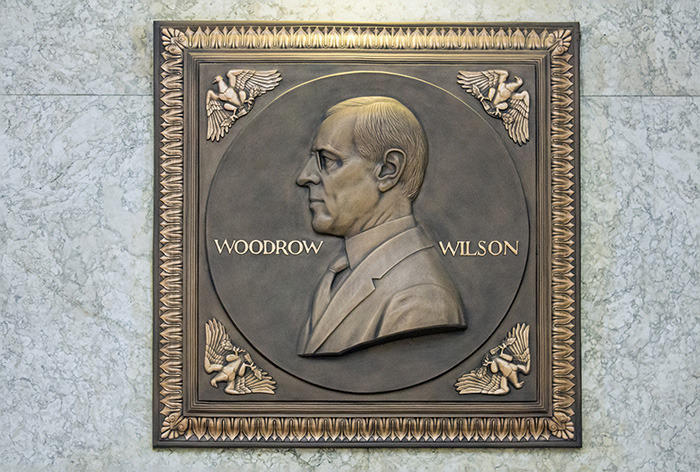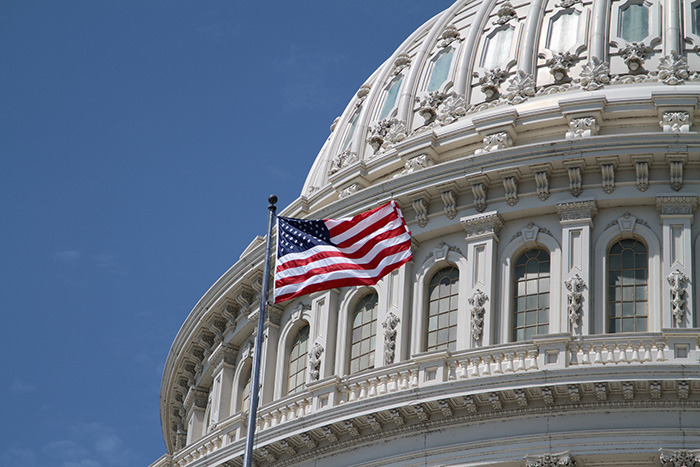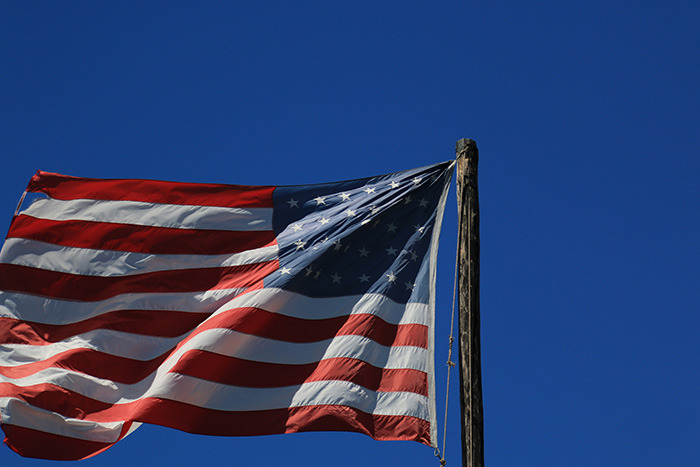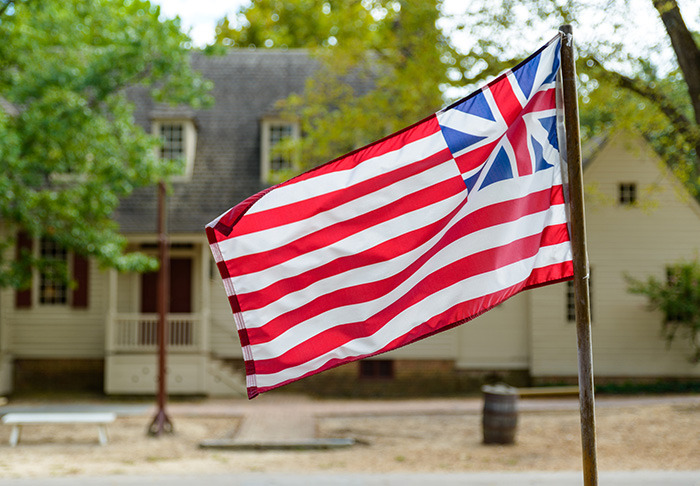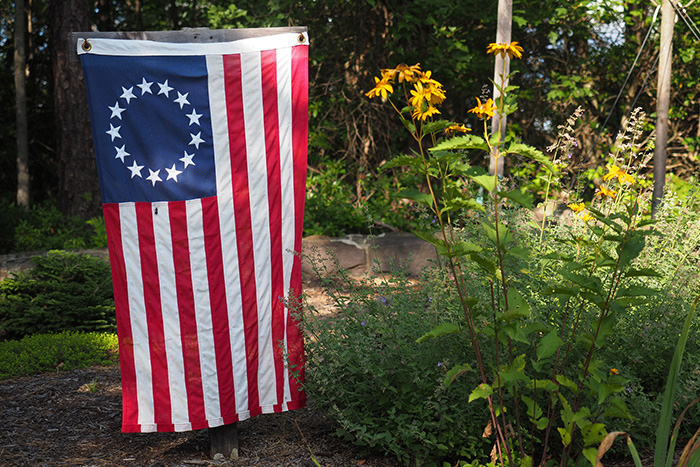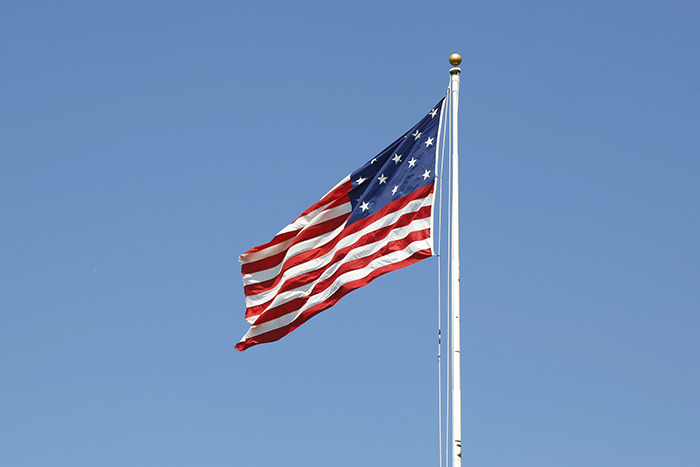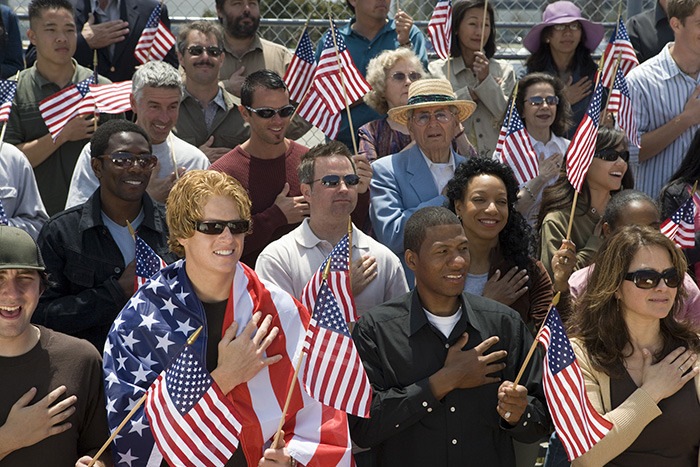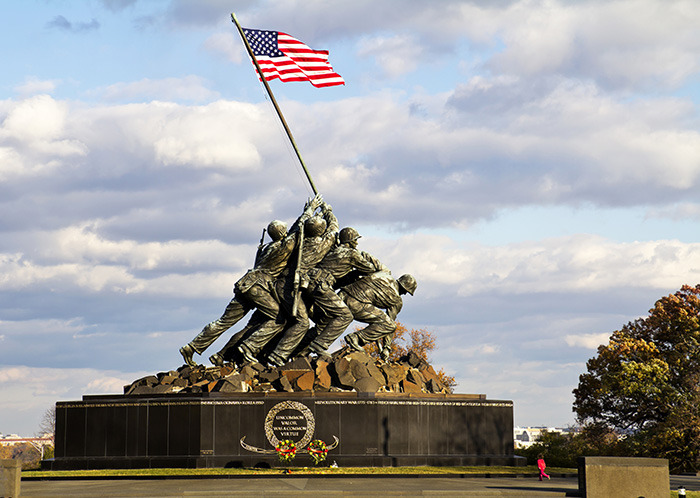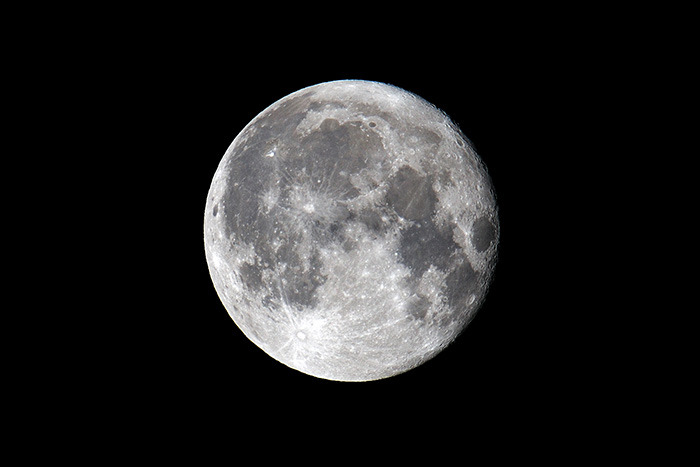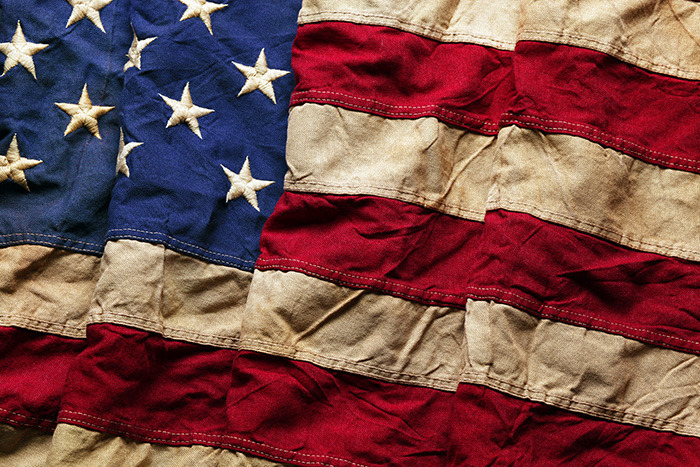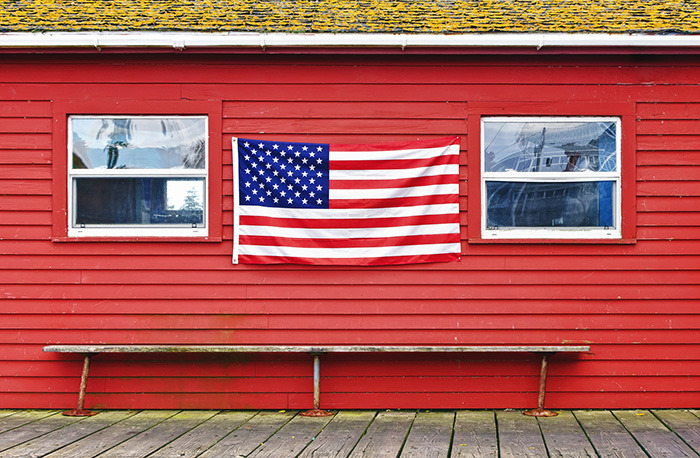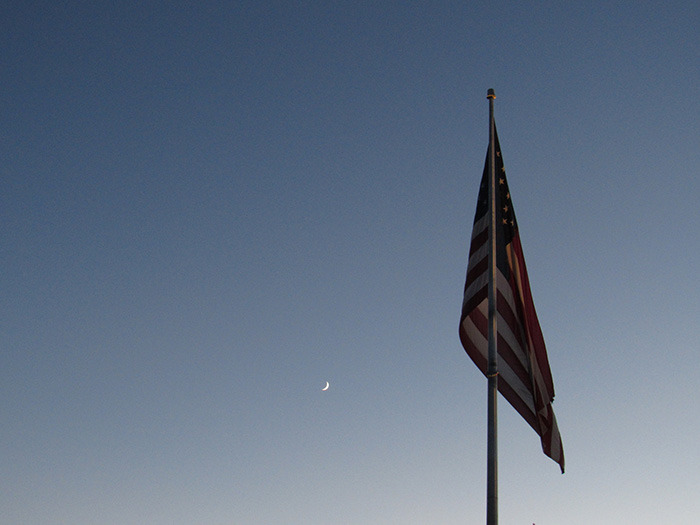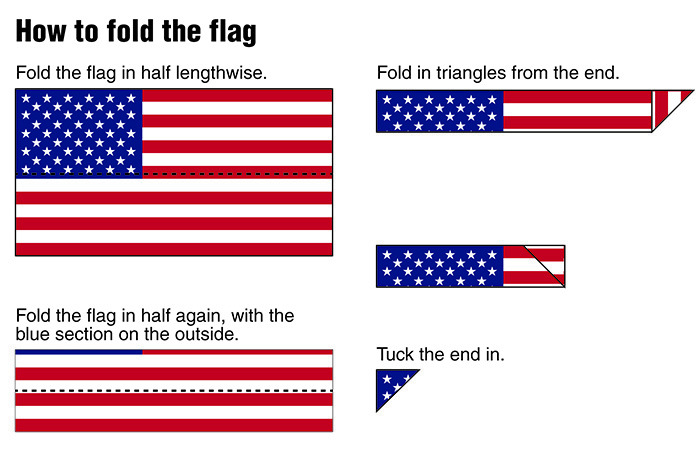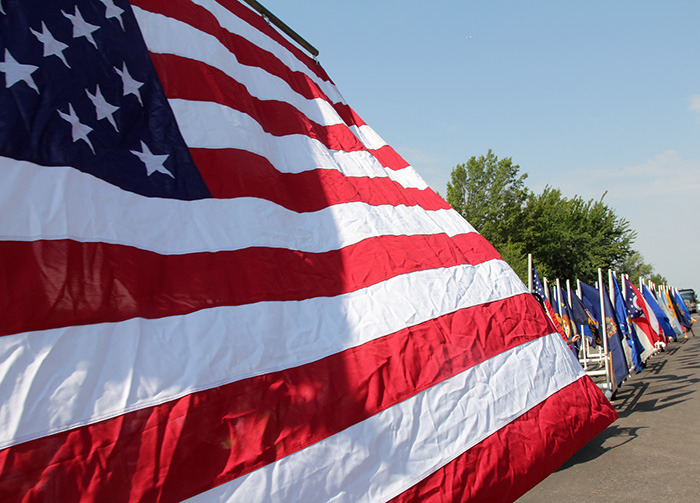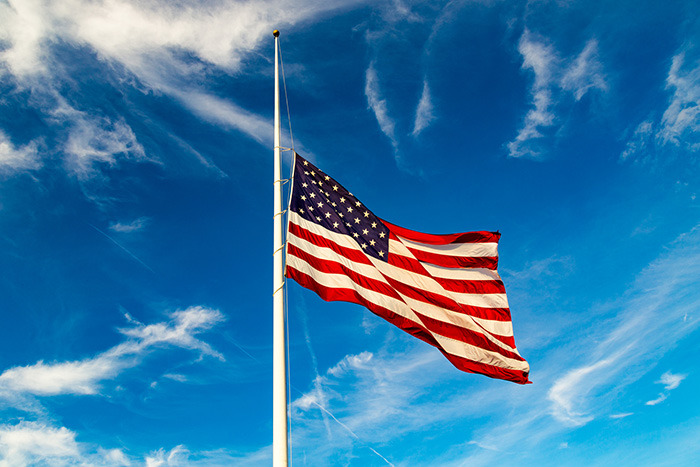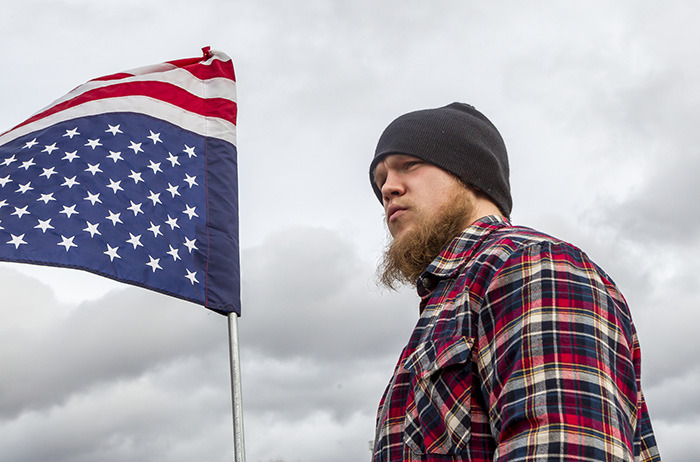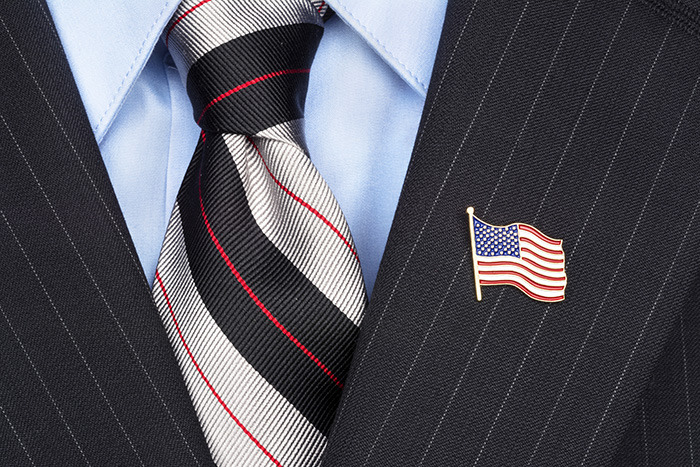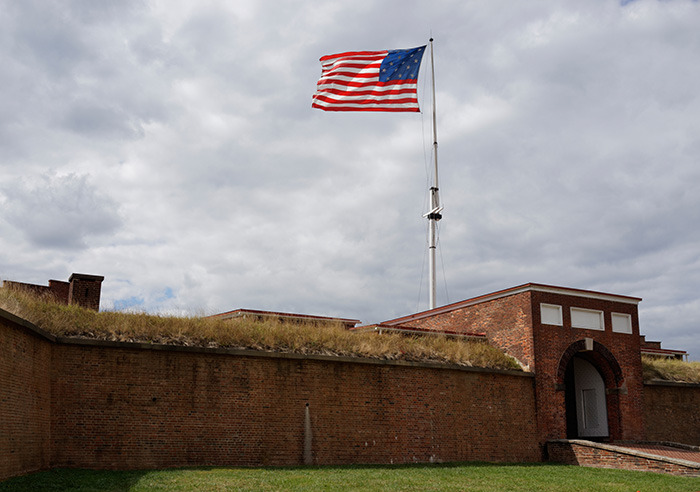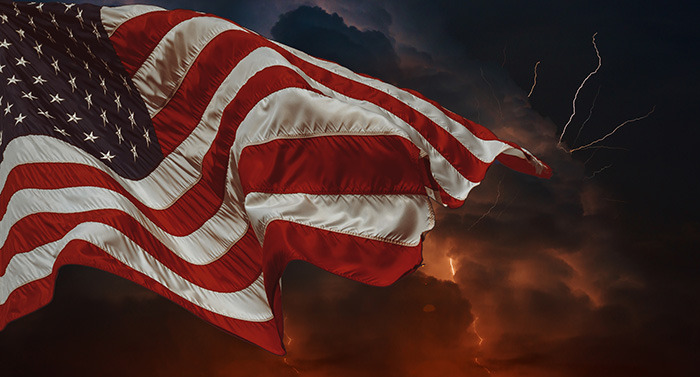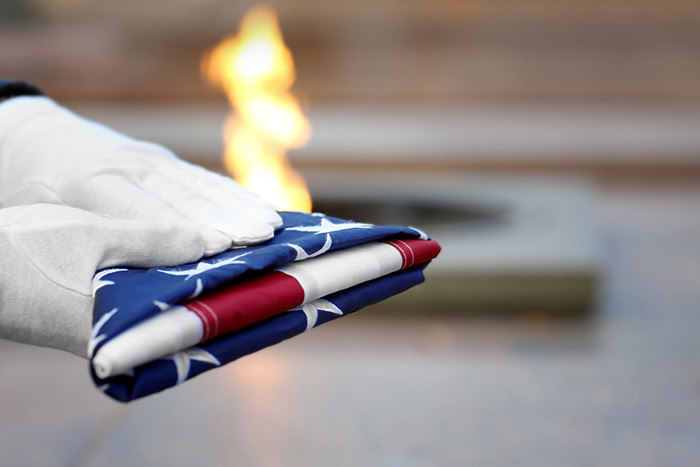20 Surprising Facts About The Stars And Stripes For Flag Day
20 Surprising Facts About the Stars and Stripes for Flag Day
The American flag, also known as the Stars and Stripes and the Star-Spangled Banner, has gone through many iterations, as a star is added every time a state is added to the country. The 50th star was added in 1960 after Hawaii was added to the union. Until 1818, a new stripe was also added whenever a state joined.
There are numerous rules and rituals involving the nation's flag. Much of these are outlined in the U.S. Flag Code, which is technically a federal law but is not enforced. For example, the flag needs to be illuminated when flown at night, and it should always be on the right if displayed with other flags.
The first Flag Day
Flag day was first officially celebrated in 1916, after a proclamation by President Woodrow Wilson, according to the Library of Congress.
Current flag
The current flag has been in use the longest. It was adopted in 1960 after Hawaii gained statehood.
Old Glory
The flag got the nickname "Old Glory" from a sea captain in 1824, according to the Department of Veterans Affairs. Captain William Driver received a flag from his mother and named it "Old Glory" before bringing it with him on his voyages. Driver settled in Tennessee, and hid the flag when the state seceded from the Union in 1861 by sewing it inside of a comforter.
Grand Union Flag
The Grand Union flag was the unofficial national flag when the Declaration of Independence was signed in 1776. It was also the flag of the British East India Company, according to the National Park Service.
Betsy Ross flag
The flag known as the "Betsy Ross flag," featuring 13 stars for the original 13 colonies, appeared in the early 1790s, according to the National Park Service. Betsy Ross did make flags for the Pennsylvania State Navy, but whether or not she produced the flag named for her is disputed.
15-star flag
The flag had two stars and two stripes added in 1794 after Kentucky and Vermont joined the union. This flag was used until 1818, when a law was passed establishing a new flag and setting the precedent that while a star would be added for each new state, the number of stripes would remain at 13.
Star-Spangled Banner
The flag that inspired Francis Scott Key to write the national anthem flew over Fort McHenry in Baltimore in 1814. The fort was being bombarded by the British while Key wrote the poem that would eventually be put to music. The song was adopted as the national anthem in 1931, according to the U.S. Department of Veterans Affairs.
Iwo Jima
The famous photo of U.S. troops raising the flag in Iwo Jima was actually taken twice because the battalion commander thought the first flag was too small. In 2016, the Marine Corps determined that one of the service members in the photo was not Navy Corpsman John Bradley, who appears in the less famous first photo. It was Marine Private First Class Harold Schultz.
Flag on the moon
The flag placed on the moon in 1969 had a horizontal crossbar above the flag to give it the appearance of blowing in the wind even though the moon has very little atmosphere. The entire flag and flagpole package weighed nine pounds eight ounces, according to NASA.
Proportions
Until an executive order in 1912, the exact proportions of the flag were not specified by law. Because of this, flags varied based on the discretion of the flag maker, according to the Smithsonian Institute.
Hung on the wall
When the flag is hung on a wall, the union (the blue section containing the stars) should be placed on the upper left corner whether the flag is hung vertically or horizontally, according to the U.S. Flag Code.
At night
The U.S. Flag Code requires flags displayed at night to be illuminated. Although the flag code is federal law, it does not mention penalties or enforcement. It is meant to be a set of guidelines.
Folding the flag
When stored, the flag should be folded into a triangle with the union (the blue section) on the outside.
Flag placement
When carried in a procession, the U.S. flag should be either to the right of other flags (the right of the people carrying the flags), or in the front of a line, according to the flag code.
Half-mast
The flag should be flown at half-mast for 30 days from the death of a president or former president and 10 days after the death of a vice president. It is also flown at half-staff on Memorial Day and after the death of important figures, as determined by the president or a governor. When the flag is flown at half-mast, it should be raised all the way up and then lowered into position.
Upside down
The flag should never be displayed upside down except as a signal of distress, according to the flag code. The flag should also never touch the ground or be carried flat.
Wearing the flag
The flag should never be used for advertising or as part of a costume or athletic uniform, according to the flag code, but a flag can be worn as a patch or pin if it is worn on the left side, near the heart.
Places where the flag always flies
The law specifies eight places where the flag should be flown at all times: Fort McHenry National Monument; The Marine Corps Iwo Jima Memorial; Lexington, Massachusetts; the White House; the Washington Monument; U.S. Customs ports of entry, and Valley Forge State Park.
Weather
The flag code says a flag should not be displayed during inclement weather unless it is an "all weather flag."
Disposal
A flag that is too damaged to display should be disposed of "in a dignified way, preferably by burning," according to the flag code.
